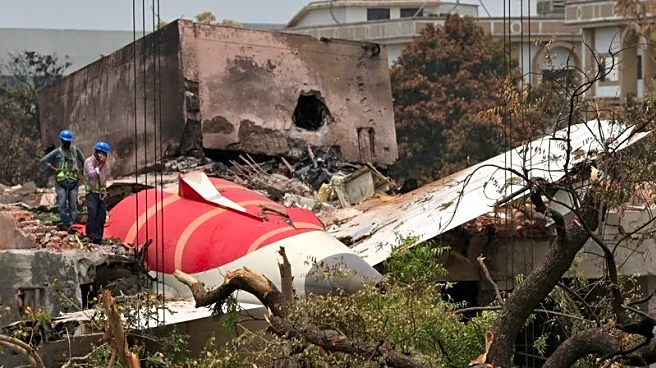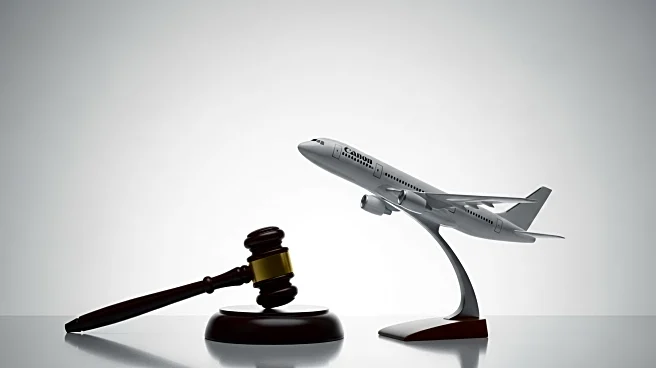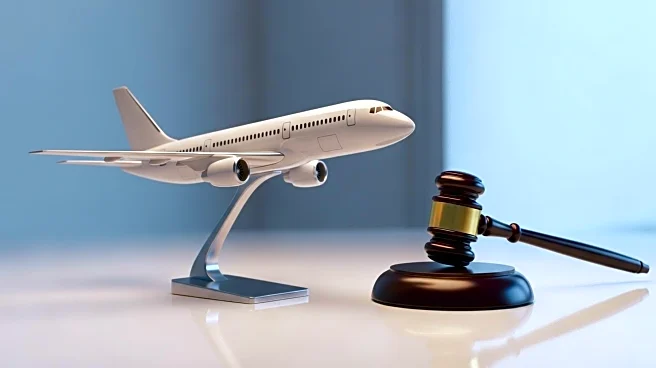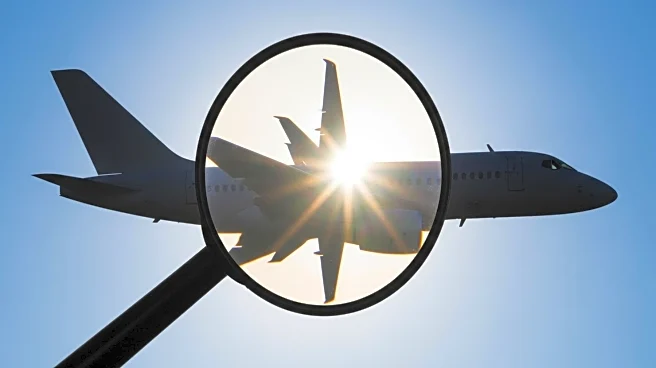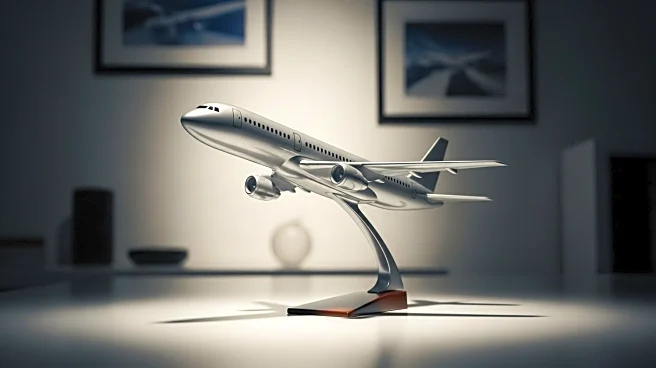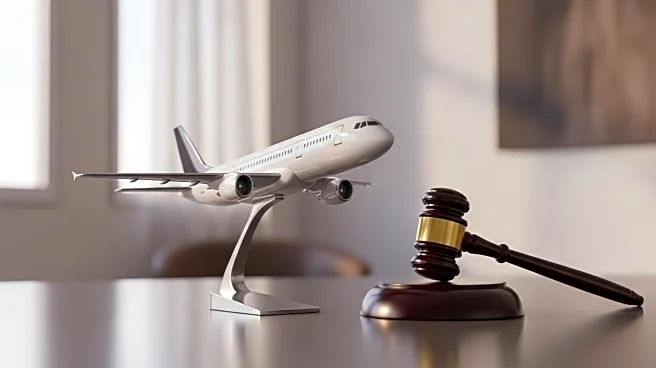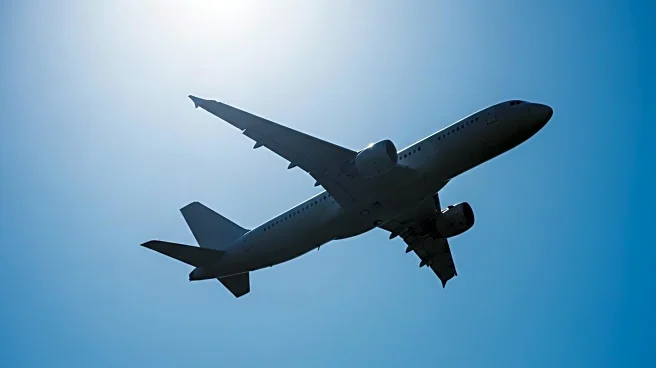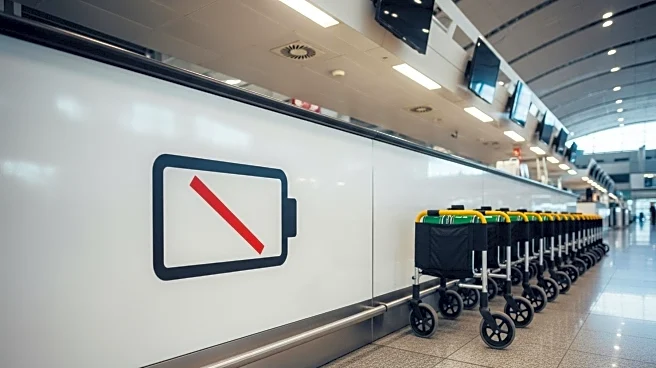What's Happening?
The Federal Aviation Administration (FAA) is set to expand inspections of Boeing 777 aircraft fuel feed tubes to address potential lightning protection failures. This decision follows a September 15 notice of proposed rulemaking, which suggests repetitive inspections of fuel feed tube bonding jumpers on various 777 models, including 777-200, 777-200LR, 777-300, 777-300ER, and 777F. The expanded checks aim to replace an October 2024 airworthiness directive that focused on GE Aerospace-powered 777s. Boeing identified poor electrical bonding in some aircraft, prompting the need for broader inspections. The FAA directive will follow Boeing's recommended inspection intervals, which vary based on aircraft variant and findings.
Why It's Important?
The expanded inspections are crucial for ensuring the safety of Boeing 777 aircraft, particularly in preventing ignition sources within fuel tanks during lightning strikes. The FAA's action highlights the importance of addressing potential safety risks in aviation, which could impact airline operations and passenger safety. By mandating these checks, the FAA aims to mitigate risks associated with inadequate bonding and encapsulation failures, which have been reported in similar aircraft models. This move underscores the agency's commitment to maintaining high safety standards in the aviation industry.
What's Next?
The FAA's proposed directive calls for updating maintenance instructions related to fuel system encapsulation sealant application within 60 days. Boeing recommends initial inspections within 90 days, with repetitive checks every year or 39 months, depending on the aircraft variant. The aviation industry will likely monitor the implementation of these expanded checks closely, as they could influence maintenance practices and safety protocols across airlines operating Boeing 777s.

